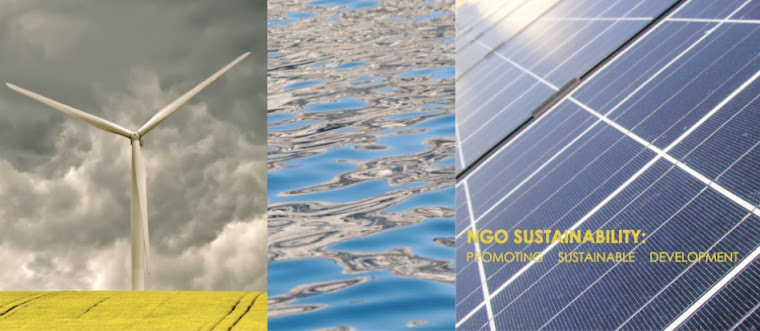A significant problem facing solar energy is that the installation of solar panels on rooftop homes may mean cutting down trees. To solve this conundrum, companies such as CleanPath Ventures in California created "community solar power plants" on the city's outskirts from which they sell "garden plots" to homeowners. Homeowners own a piece of power plant that generates electricity to their homes. In this way, those who do not want to or cannot use rooftop solar power can still use solar power to generate energy in their homes. Additionally, the forests of California are protected while the advantages of solar energy are made available.
Solyndra, a solar-panel maker in California, faces dangerous competition with Chinese solar-panel companies. Even after receiving half a billion dollars in government funding, Solyndra must shut down its original plant. Instead of maintaining two branches, the CEO of Solyndra believes funding only the second plant will benefit its products' price and efficiency. Despite China's more competitive prices, Solyndra's owners stay optimistic. Experts foresee Solyndra's solar panel production for commercial rooftops to double from the previous year in 2011. Both Solyndra and sustainable energy proponents remain confident in clean energy initiatives due to this figure.
"As Glaciers Melt, Science Seeks Data on Rising Seas" By Justin Gillis
"As Glaciers Melt, Science Seeks Data on Rising Seas" By Justin Gillis
The melting ice sheets and glaciers close to Greenland bring uncertainty to environmentalists and they hold potential consequences in relation to sea-level rise and global warming in the future. As part of a contentious debate amongst scientists and politicians, some of the key issues raised include whether this phenomenon is a naturally occurring event due to climate variability or if the emissions of heat-trapping gasses are to blame. Also, will the earth's land ice melt too fast for society to adjust? Other important concerns mentioned describe the lack of funding for climate and ice study, as well as considering some of the measures coastal settlements should adopt in preparation for an estimated sea-level increase of at least 3 feet by 2100.

No comments:
Post a Comment